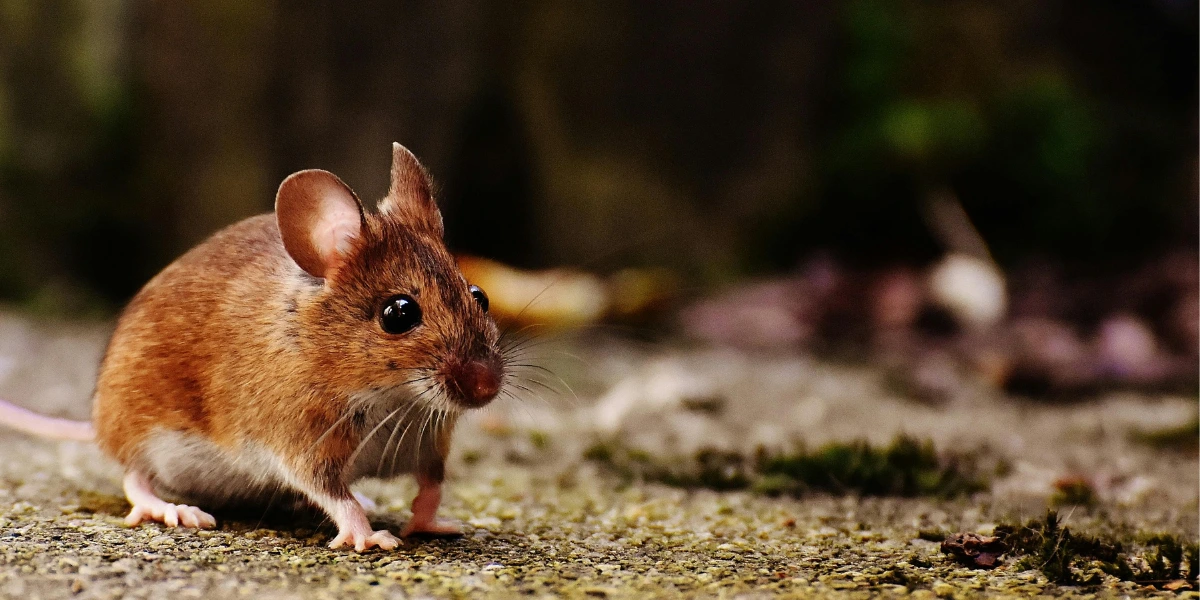If you’ve ever wondered where do mice hide during the day, you’re not alone. These are tiny, shy rodents who would rather keep out of sight and only come out when man is asleep. Even though it is believed that mice are nocturnal, their actions are mostly dependent on safety and food availability. When daylight sets in, they move to concealed areas where they find warmth and shelter, and which offer easy access to nesting materials.
Knowing where mice seek shelter is one of the main reasons to spot an infestation in time and ensure your house is not damaged and contaminated.
Why Mice Hide in the First Place
Mice are motivated by three needs, which are food, shelter, and safety. They nest with whatever soft material is available to them, including insulation, paper, fabrics, and even pieces of cardboard. Their nests are normally close to the food and regions of stillness and calmness. Mice prefer dark, small, closed environments where they can find a quick escape path since they are scared of open spaces and predators. If you’re dealing with this kind of activity in your home, timely mice control in Abbotsford can help prevent the problem from growing.
Common Places Mice Hide Indoors
Mice prefer dark, cozy, and quiet locations in the houses. Wall voids are among their favorite hiding places, and they can move without being noticed. They may also be underneath kitchen appliances, behind cabinets, and around heat sources such as water heaters or furnaces.
Kitchens, particularly, are very appealing as they are the sources of food and comfort. They can be attracted very fast by crumbs under the stove or unsealed items in the pantry. The moisture and shelter are found in a bathroom within cabinets or under sinks. Bedrooms and closets may also serve as hiding places for the mice, especially when there are heaps of clothing or boxes on the floor.
Two of the most commonly used areas where mice nest are the basements and the attics. The two spaces are also not noisy and are usually messy with nesting materials such as insulation, old cloths, and cardboard. The areas under the house that are crawl spaces are also warm and safe, particularly during cold seasons.
Hiding Spots Around the Property
When the mice are not indoors, they find their shelter in the outdoors, where they have a place to stay and get food conveniently. They may secrete themselves in the leaf heaps, under the decks, or in the sheds and garages. Thick grass, piles of firewood, and rubbish that are in the garden are also ideal hiding places. The best thing to do is to keep your yard clean and trim, and overgrown shrubs trimmed so that these pests are not encouraged to nest too near your home.
Signs That Mice Are Hiding in Your Home
Even if you don’t see mice during the day, the evidence of their presence is often easy to spot. Droppings along walls, gnaw marks on furniture or food packaging, and scratching sounds behind drywall or floors are all clear signs of mouse activity. Pets may also act unusually alert around baseboards or cabinets if they detect rodents nearby.
Other signs include grease marks along walls, chewed wires, or a faint musty odor from nesting areas. If you hear rustling sounds late at night, there’s a good chance a family of mice has taken up residence.
When Mice Come Out
Mice are generally more active after dark, but they can adapt to their surroundings. If your home is quiet during the day, perhaps when everyone is at work or school, they may venture out to forage. This adaptability makes them particularly difficult to control.
How to Prevent Mice from Hiding Indoors
Keeping mice out starts with eliminating access points and removing food sources. Seal small cracks and holes around your foundation, windows, and doors. Store food in airtight containers, sweep floors frequently, and dispose of trash promptly. Decluttering storage spaces and checking hidden areas regularly can also make your home less inviting to rodents.
If you already suspect mice are hiding in your home, traps can help identify their activity zones. However, a few traps are rarely enough to control an entire infestation. Mice reproduce rapidly, and missing even one nesting pair can lead to a new problem within weeks.
The Risks of Ignoring Mouse Activity
Ignoring the signs of mice can lead to more than just annoyance. These rodents chew through wires, insulation, and even plastic pipes, creating safety hazards. They also contaminate food and spread diseases through droppings and urine. In severe cases, a hidden infestation can cause significant property damage and health risks for your family.
When to Call for Professional Help
While DIY methods can help with minor problems, a professional inspection with ASM Pest Exterminator is often the most effective way to locate nests and eliminate the issue. Pest control specialists use specialized tools to identify hidden colonies and ensure every entry point is sealed.




